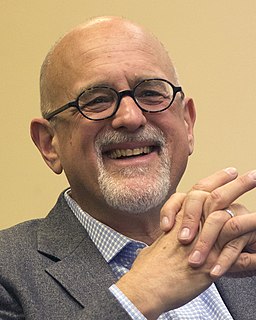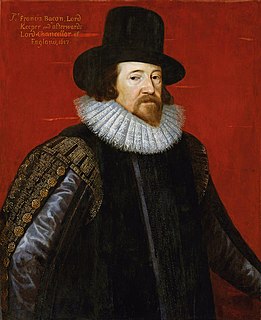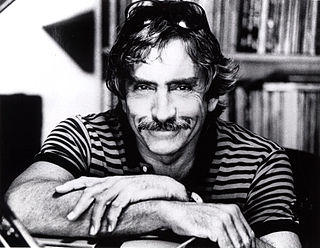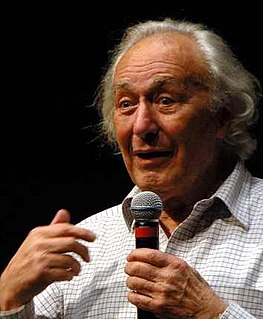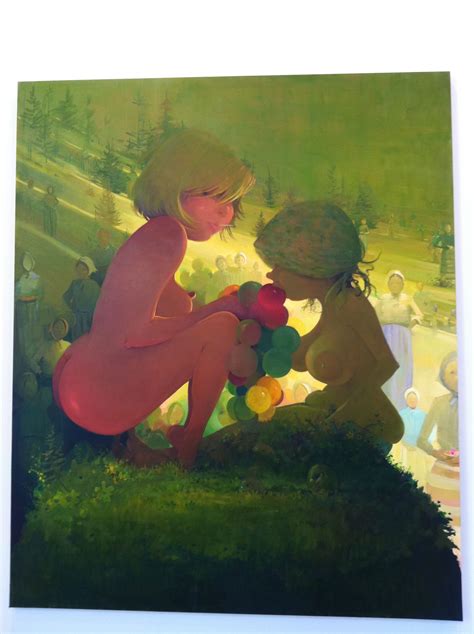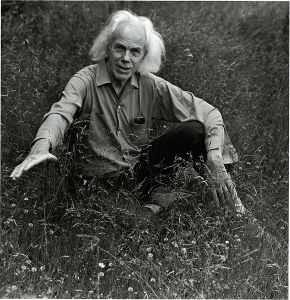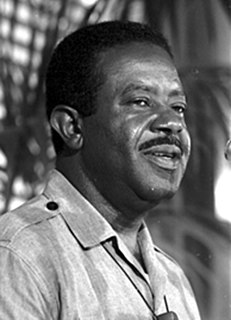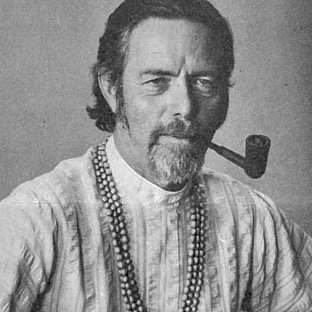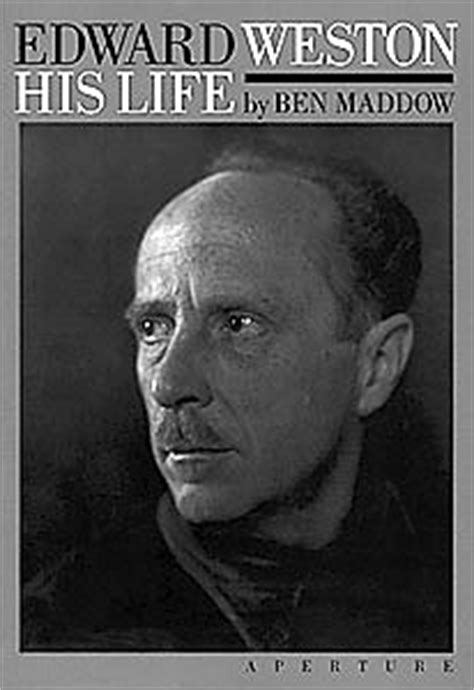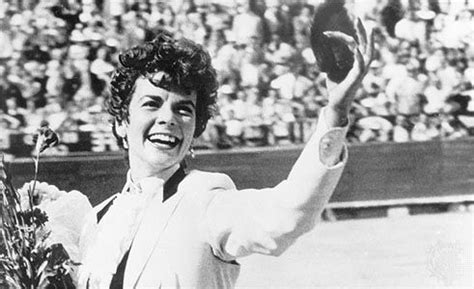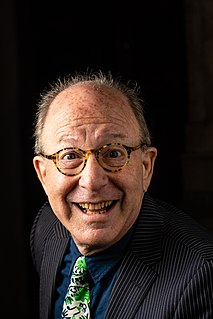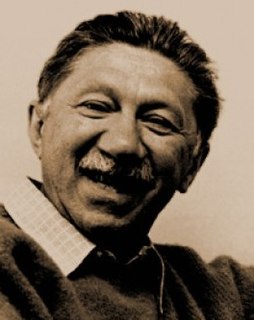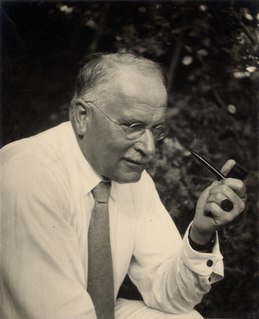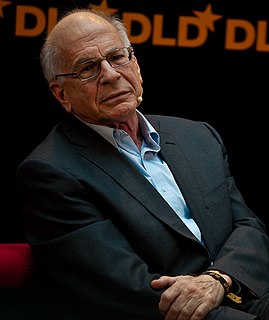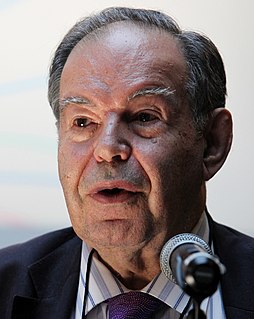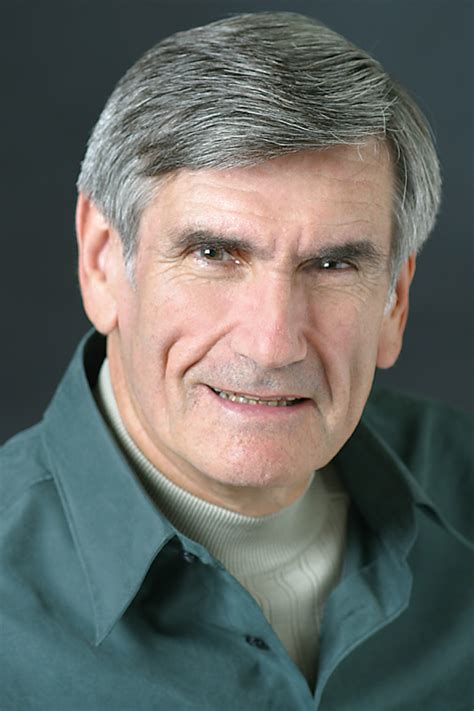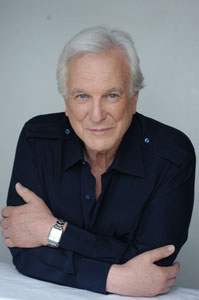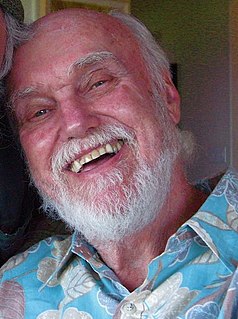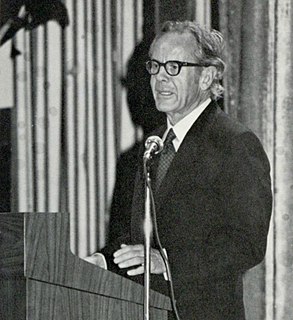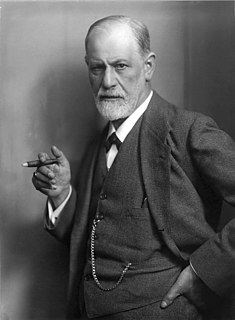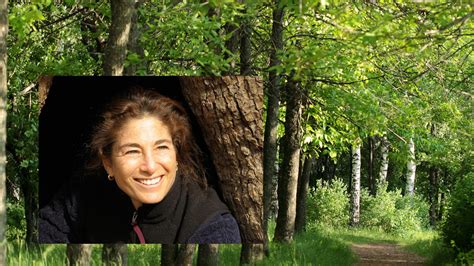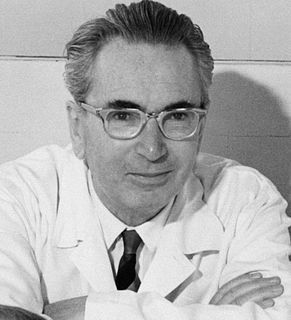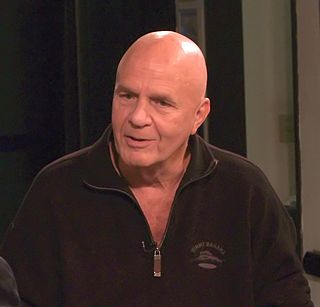A Quote by Daniel Gilbert
Perceptions are portraits, not photographs, and their form reveals the artist’s hand every bit as much as it reflects the things portrayed
Related Quotes
If we fully trust that God is as beautiful as he reveals himself to be on the cross, we must regard the ugly surface appearance of these portraits to reflect the sinful way his people imagined God, not the way God actually is. But when we by faith look through the ugly surface of these portraits, we can see God stooping out of love to meet his people where they are at and to bear their sin, which is why in Scripture he takes on an ugly surface appearance that reflects the ugliness of their sin.
It is not enough to hold the line against the dark. It is your responsibility to lead into the light. People don't like the light--it reveals too much. But hand in hand with the creative artist, you can lead people into the wisdom that is known to all other animals: simply, that it is the dark we have to fear.
I think that at its best, painting can be an act of juggling perceptions, a hall of mirrors. And it can be a bit confusing and scattering. But as the artist, as the man behind the velvet rope who controls the smoke and the mirrors and the way that things move in the painted space, what I want to do is to try my best to be a good witness.
I feel certain that the largest part of all photographs ever taken or being taken or ever to be taken, is and will continue to be, portraits. This is not only true, it is also necessary. We are not solitary mammals, like the elephant, the whale and the ape. What is most profoundly felt between us, even if hidden, will reappear in our portraits of one another.
In fighting a bull you're always aware of a paradox concerning your perceptions of the bull. On the one hand it's your perceptions of the bull that give you the upper hand. You read the bull, you learn to read the bull more and more accurately, and this reading of the bull is how you deploy your intelligence against the bull's intelligence. Your accuracy in reading the bull is a weapon, maybe your most important weapon, against all the bull's weapons. On the other hand, you're human, you have the human tendency to read into the bull things which may not actually be there.
